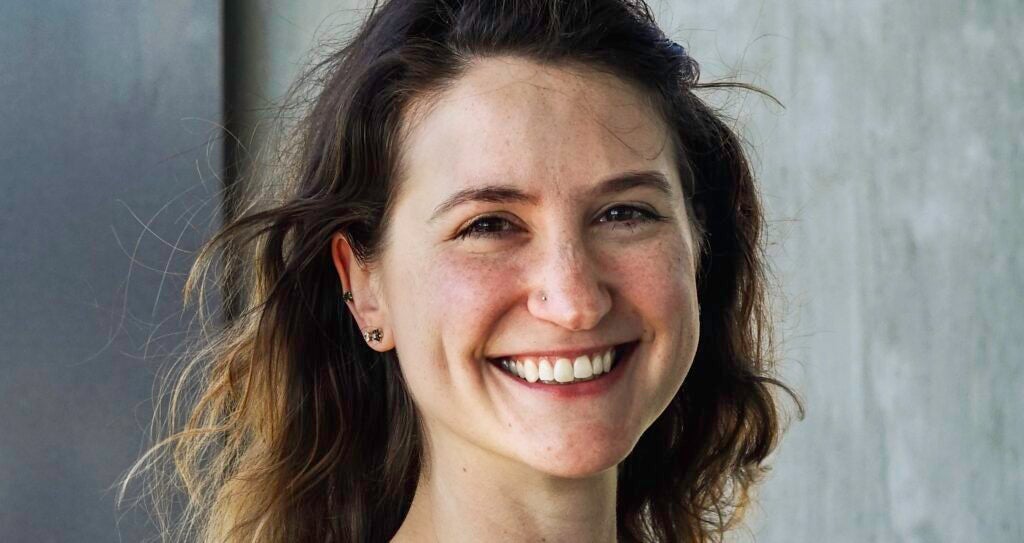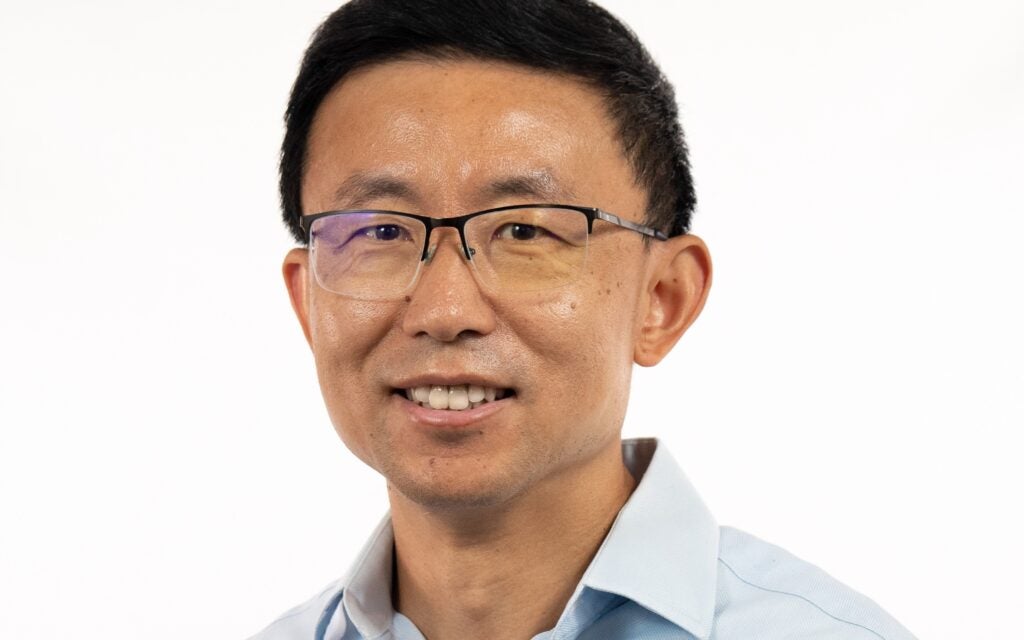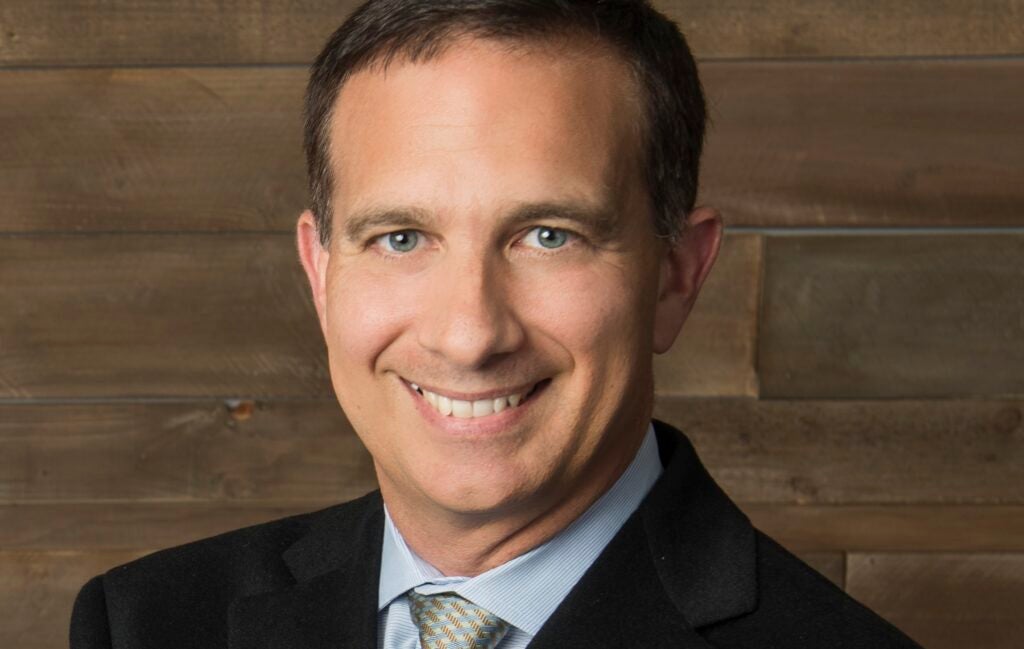Ways to keep track of clinical trial data have diversified through the years. While previously sites had to rely on paper and excel spreadsheets, now they primarily use clinical trial management systems (CTMS) to record and store patient information.
With the growth of decentralised clinical trials (DCT), there has been a parallel rise of new device and software technologies that aim to collect data in real time, in the comfort of a patient’s home. But do all these systems – new and old – speak the same language? And how does miscommunication risk data integrity?
When external systems like devices are designed to deliver data to an internal one based at a clinical trial site, they all need to speak the same language or at least understand each other, notes virtual research organisation (VRO) ObvioHealth director of product Gillian McGovern. DCT would be executed with more ease if technologies are more integrated and have a more orchestrated process, agrees IQVIA product and strategy senior director Bill Gibson.
Why integrate DCT apps with CTMS?
Poor technology integration can increase the risk of compromising data integrity. If the collected data is out of context, there is a danger of false positive or false negative data, as well as under- or over-reporting of side effect risks, explains the vice president of Veeva’s Vault clinical data management system Richard Young.
Data integrity is critical when devices are involved as there is a risk of losing information, particularly with wireless devices, adds Vivalink CEO Jiang Li. Vivalink’s platform is designed to collect data from wearable sensors, both developed by the company and ones owned by other firms.
If the DCT tech is designed to keep track of a participant’s drug adherence, it would access patient information regarding the patient’s dosing schedule, Gibson says. The information transfer is only limited to what is relevant to the DCT tech, and not other patient details, he notes.
How well do you really know your competitors?
Access the most comprehensive Company Profiles on the market, powered by GlobalData. Save hours of research. Gain competitive edge.

Thank you!
Your download email will arrive shortly
Not ready to buy yet? Download a free sample
We are confident about the unique quality of our Company Profiles. However, we want you to make the most beneficial decision for your business, so we offer a free sample that you can download by submitting the below form
By GlobalData
Seamless tech integration can have other advantages, too. Certain DCT tech can have the same data analysis features as the CTMS itself, Gibson notes. And the challenge is not to have this type of duplication of effort and information, which makes collaboration between developers of both products ideal, he adds.
Obstacles to uniform DCT tech language
Limitations surrounding data standardisation are an obstacle for integration, McGovern notes. While there is a common language across clinical systems, data translation is still needed and this can be messy to execute, she adds. There is also the challenge of ensuring all technologies are up to date.

Further, there is no singular CTMS that every clinical trial site could use, Gibson says. It is not like Microsoft Office, which is ubiquitous in every office setting, he notes, adding that this makes it hard to have a standardised way for technologies to work with each other.
CTMS is customised at the development stage, and as it is being used in practice. CROs and large pharma sponsors develop and personalise their own systems according to their preference if they do not outsource these services, Gibson says. Small-to-medium-sized pharma sponsors typically rely on complete service CROs and do not have a CTMS of their own, he adds. A company may need two to three studies a year for its own CTMS to be worth the investment, Young says.

Still, tech crosstalk is an issue equally relevant for all sponsors given the need for clinical trial data integrity between technologies, experts note. Clinical trial sponsors may work with multiple specialised CROs that offer different services or switch between providers, so seamless tech communication is critical, Young adds.
Tech maker communication channels vary
There may be a lack of transparency between tech makers on the limitations of their products, which can delay integration. “A brochure from an electronic medical record (EMR) company could say their systems are interoperable, but when it’s crunch time the technology falls short,” says Illumicare CEO GT LaBorde. Illumicare is imminently launching a new use case of its app that would nudge the clinician during a consultation to recommend a patient to sign on to an ongoing clinical trial based on EMR data.
“Devices claim to do a lot of things, but only do a few really well,” McGovern adds. Many DCT technology providers are still relatively new, and their primary focus is product delivery, so “playing nice” with other apps may not necessarily be a priority, Young says.
The challenge with working with device manufacturers is that they offer high-level software development kits (SDK) which can be hard to work around particularly since data integrity is critical, Li says. Vivalink works at an application programming interface (API) level to ensure device data can pass its software, he explains.

Restrictive rules set up by certain makers can make integration challenging. “As soon as you say, ‘I want to put my information into a third-party program’, I would have a bunch of rules to live by,” LaBorde says.
“It is harder to integrate larger, more established systems, but not impossible,” McGovern notes. Having to adjust one’s technology to a larger provider may only require small programming adjustments, Li adds.
All stakeholders at the table
Illumicare’s app is not integrated into EMRs but instead rides “on top” of an operating system. LaBorde adds: “This way, it does not rely on the EMR vendor blessing some integration methodology. I don’t want to play in your house, I just want to put a sign on your yard.” Further, designing an app that is agnostic to its intended software partner overcomes the unwanted complexity of integrating with different products, he notes.

VRO ObvioHealth, which has a license from an external provider for its CTMS, also has its own internally developed apps with engineers that work closely together to ensure interoperability between these solutions, McGovern says.
Because of the variety of devices used in DCT, there is a need to work closely with all stakeholders, McGovern says. Conversations should start at the earliest possible opportunity with sponsors, as they need to have the right data to meet their endpoint requirements and the right DCT price point, McGovern says. “Device selection starts all the way at protocol creation to ensure that the digital experience actually reduces the burden to a patient. Participants need to be at the heart of the trial.”



